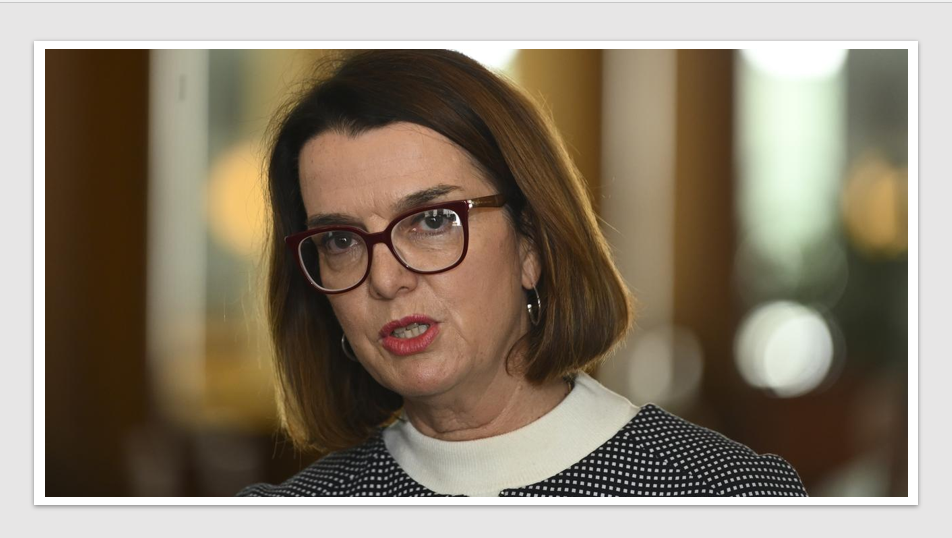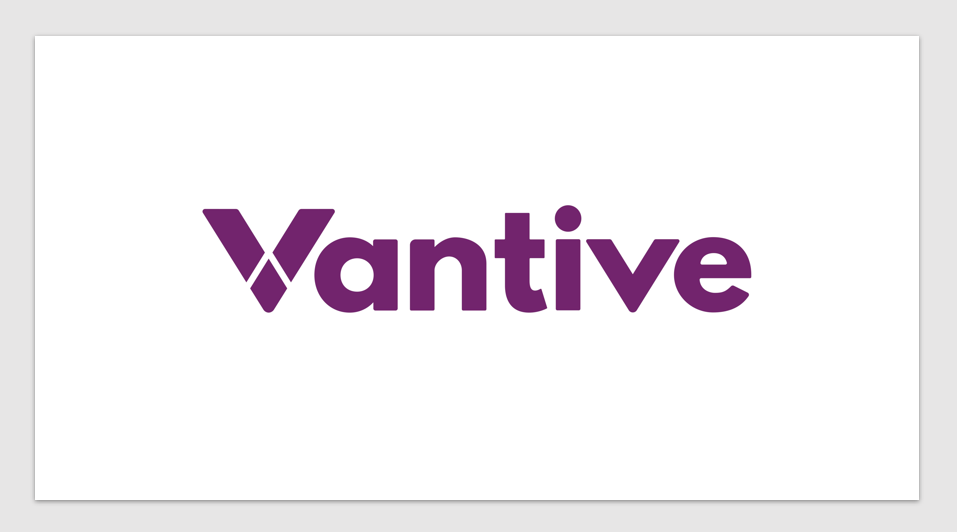News & Trends - Pharmaceuticals
AstraZeneza secures four PBAC nods in oncology, diabetes, kidney and rare diseases

Pharma News: AstraZeneca has scored four positive Pharmaceutical Benefits Advisory Committee (PBAC) recommendations following the March meeting. These recommendations, spanning oncology, diabetes, kidney and rare diseases, signal promising advancements in patient outcomes.
Among the highlights is Enhertu (trastuzumab deruxtecan) IV infusion, a targeted therapy for the treatment of patients with HER2-low unresectable or metastatic breast cancer, extending the drug’s current indications in advanced breast cancer. Enhertu is jointly developed and commercialised by AstraZeneca and Daiichi Sankyo.
The PBAC reaffirmed its previous assessment that Enhertu was “superior to chemotherapy and there was a moderate clinical need for additional treatments in this therapeutic area”. The Committee has flagged “a further reduction in treatment cost” prior to PBS listing. It also advised that a risk share arrangement would be appropriate.
While pricing negotiations are under way between the government and AstraZeneca, Breast Cancer Network Australia (BCNA) Director of Policy, Advocacy & Support Services, Vicki Durston, emphasised the urgency of making the drug accessible to those in need.
“While we welcome this recommendation by the PBAC, we know that it often takes months for a drug to be listed on the PBS after a recommendation. We call on AstraZeneca to come to the table and reduce the cost of its access program to prevent unnecessary financial stress and potential deaths while people wait,” she said.
BCNA is urging the government and AstraZeneca to expedite the PBS listing of Enhertu. Ms Durston said that oncology drugs take on average 537 days to reach the hands of patients following registration by the Therapeutic Goods Administration (TGA). This is much longer than in other comparable countries, and BCNA is amongst many patient groups calling for system reform to see this process become faster.
“Patients living with metastatic breast cancer do not have the time to wait,” she asserted.
AstraZeneca Country President Ben McDonald, said “The PBS remains the best option for equitable reimbursed access to medicines for Australians. While the PBAC continues to review applications under the current guidelines, we believe the current HTA review is critical to continue to drive reform to the PBS to deliver earlier, faster, fairer access for Australians to medicines.
“AstraZeneca supports Medicines Australia’s vision for faster access to medicines, with reimbursed access achieved within 60 days of TGA registration.”
In addition to Enhertu, the PBAC also recommended Sidapvia – a combination of AZ’s SGLT2 Farxiga and DPP4 inhibitor sitagliptin – in combination with metformin for type 2 diabetes for patients with an inadequate response to treatment with dual therapy of metformin and SGLT2 or DPP4 inhibitor. The drug is co-developed by Korea’s SK Chemicals. The PBAC considered it reasonable to include the combination in the 60-day dispensing as the alternative products are included in the continuing treatment phase.
Furthermore, Lokelma (sodium zirconium cyclosilicate), which competes with CSL Vifor’s Veltassa, received a positive PBAC recommendation for the treatment of chronic hyperkalaemia in patients with chronic kidney disease stage 3-4. The drug came from AstraZeneca’s $2.7 billion acquisition of ZS Pharma in 2015.
Hyperkalaemia is the term for elevated levels of potassium in the blood. Patients with higher potassium levels are at risk of cardiac arrhythmias, which can lead to cardiac arrest. Clinical trials such as STABILIZE-CKD and DIALIZE-Outcomes have evaluated Lokelma’s efficacy on chronic kidney disease progression and arrhythmia-related cardiovascular outcomes, respectively.
Lastly, AstraZeneca’s Saphnelo (anifrolumab) garnered a risk-sharing PBAC recommendation for treating severe systemic lupus erythematosus (SLE) with high disease activity despite standard therapy.
Although Saphnelo faced setbacks in the phase 3 trial Tulip-1, adjustments in trial design led to promising outcomes in Tulip-2, where 47.8% of patients on the therapy had achieved the BILAG-Based Composite Lupus Assessment (BICLA) marker, versus 31.5% for patients in the control arm.
 In reimagining healthcare across the entire patient journey, Health Industry HubTM is the only one-stop-hub bringing the diversity of Pharma, MedTech, Diagnostics & Biotech sectors together to inspire meaningful change.
In reimagining healthcare across the entire patient journey, Health Industry HubTM is the only one-stop-hub bringing the diversity of Pharma, MedTech, Diagnostics & Biotech sectors together to inspire meaningful change.
The content on Health Industry Hub is copyright protected and should only be accessed under individual user licenses. To subscribe, please click here and visit T&Cs here.
News & Trends - MedTech & Diagnostics

Parliament passes lung cancer legislation
MedTech & Diagnostics News: Lung cancer is the leading cause of cancer death and is responsible for almost one in […]
MoreNews & Trends - Pharmaceuticals

Senator Ruston criticises Budget’s lack of ‘real seamanship’ in tackling pressing healthcare challenges
Pharma News: Senator Anne Ruston, Shadow Health Minister, was warmly welcomed at the Post-Budget event held in Parliament House yesterday […]
MoreNews & Trends - MedTech & Diagnostics

Baxter announces branding for spin-off kidney care business
MedTech & Diagnostics News: Baxter has unveiled the mission and logo for its forthcoming kidney care and acute therapies company, […]
More